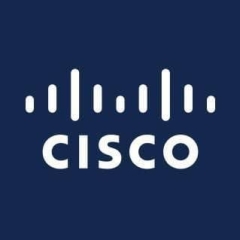What is our primary use case?
The solution is mainly used for remote workers, for people that are outside the enterprise premises, in order to have security while they work on the road.
How has it helped my organization?
With many of our customer's end-users on the road, it was easy for their machines to get infected or to lose information. After we installed this product, these issues were drastically reduced and the number of infections dropped month over month.
What is most valuable?
It provides security for the remote workers and it helps to improve enterprise security in a very easy way.
We mainly enjoy web software protection capabilities. It prevents the end-users from getting into bad sites or sites that potentially could have malware or could be phishing. It helps end-users avoid the wrong sites.
The solution works very smoothly.
The user interface is good.
The implementation is pretty easy.
What needs improvement?
I can't think of a place where there is a gap in features. It seems to cover everything.
The pricing is a bit high. Being outside of the USA, we have issues with the exchange rate.
The solution could use more intelligence.
They likely could combine some of the AMP features that they already have in other AEM's for anti-malware purposes.
For how long have I used the solution?
I've been using the solution for two years at this point.
What do I think about the stability of the solution?
The stability of the solution is excellent. It's very reliable.
How are customer service and technical support?
Cisco technical support is one of the best on the market. We're quite satisfied with their level of support.
That said, as the solution is pretty easy to use and very stable, we haven't really used too much technical support.
How was the initial setup?
The setup is not too complex. It's pretty straightforward. They make configuration and onboarding relatively easy.
Deployment only takes a matter of days. You simply deploy the agent to the active directory, to all the installations and you're done.
What about the implementation team?
I sell it as a managed service provider. Therefore, the solution is installed for our clients. They don't have to worry about that aspect.
What other advice do I have?
I don't know exactly which version of the solution we are using, however, we do use the most advanced license that's available currently.
As a managed service provider, we deal with organizations of all sizes, from small companies to large enterprises.
Overall, I'd rate the solution nine out of ten. It works well, has an easy installation, and offers good protection.
Which deployment model are you using for this solution?
Public Cloud
Disclosure: My company has a business relationship with this vendor other than being a customer: Reseller














